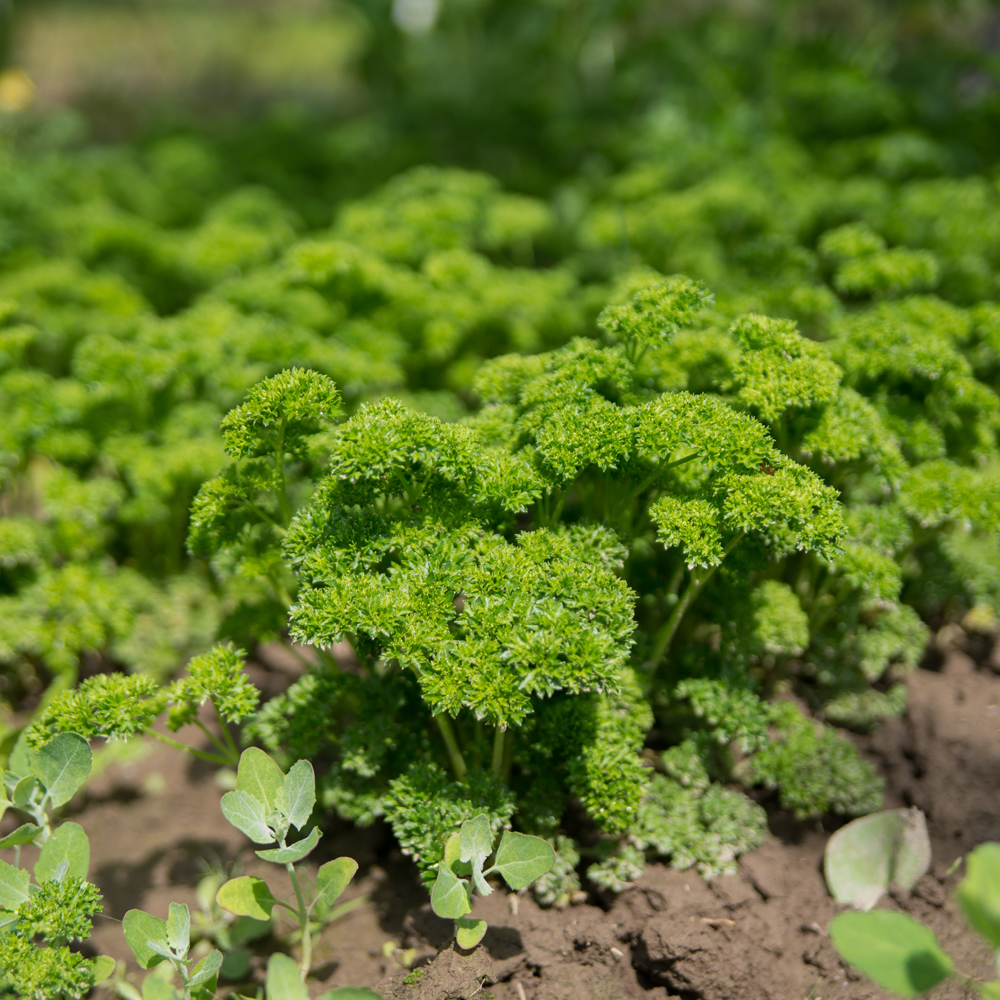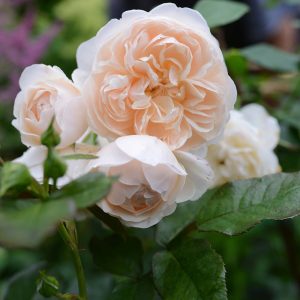Description
Petroselinum crispum, also known as curled parsley, is a biennial herb that is commonly used in cooking and as a garnish. It is known for its delicate, fern-like leaves that have a slightly bitter, yet refreshing flavor. The leaves can be used fresh or dried to add flavor to a variety of dishes, such as soups, stews, and salads. The plant has a compact and bushy growth habit. It prefers well-drained, moist soil and full sun to partial shade. It is easy to grow, either from seed or as a transplant. In addition to its culinary uses, it is also used as an ornamental plant in gardens.
Key Facts
- Common Name(s):Curled Parsley
- Hardiness:Fully hardy
- How big will I get? Petroselinum crispum can grow to a height of 0.5m and a spread of 0.5m.
- Did You Know That:The ancient Greeks believed that parsley could bring back the dead and would often place it on graves?
Plant Calendar
A rough guide to how this plant will change through the year.
| Jan | Feb | Mar | Apr | May | June | July | Aug | Sept | Oct | Nov | Dec | |
| Flowering Time |   |
  |
||||||||||
| Foliage Colour |  |
 |
 |
 |
 |
 |
 |
 |
 |
 |
 |
 |
| J | F | M | A | M | J | J | A | S | O | N | D |
  |
  |
||||||||||
 |
 |
 |
 |
 |
 |
 |
 |
 |
 |
 |
 |
Care Guide

Soil Requirements
Petroselinum crispum prefers moist but well-draining soil. This plant can grow in soil with a wide range of pH levels, it is not picky about the pH level of the soil.

Best Position
Petroselinum crispum can handle either an exposed or a sheltered position and can cope with either full sun or partial shade.

Maintenance
Petroselinum crispum should be cut back after it finishes flowering will promote growth the following year by redirecting energy from seed production and foliage maintenance to root growth.

Pest, Diseases and Wildlife
Petroselinum crispum can have problems with aphids, it can be vulnerable to certain diseases such as leaf spot. It is also known to attract bees. It is toxic to cats and dogs.





